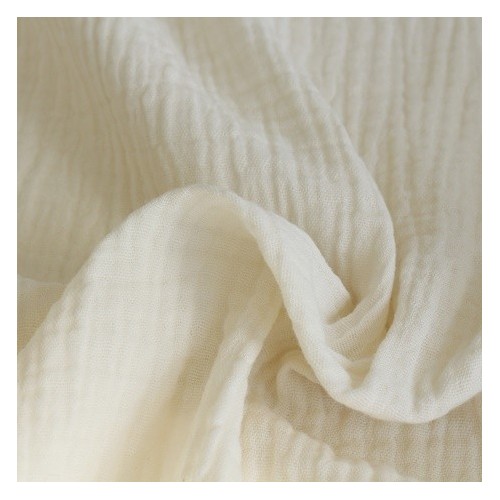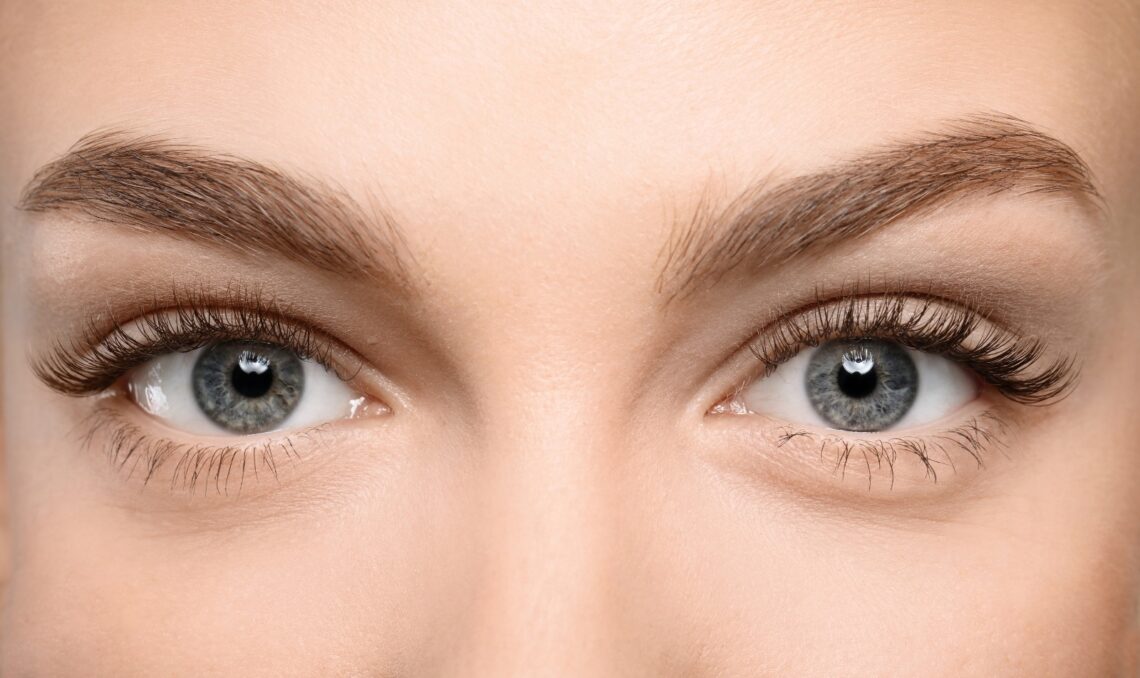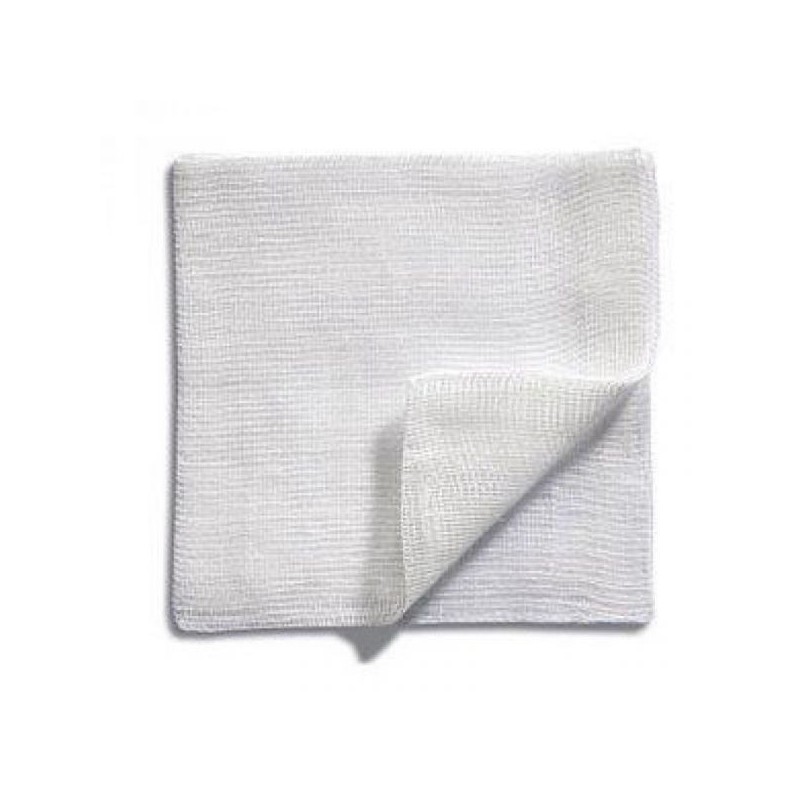Gaze-Cueing With Crossed Eyes: Asymmetry Between Nasal and Temporal Shifts
4.6 (278) · € 22.50 · En Stock
The results highlight the possibility that the gaze-cueing effect might be weakened when a direct gaze exists between the cueing eye and the target and the effect magnitude might depend on which type of face stimulus are used as a cue. A person’s direction of gaze (and visual attention) can be inferred from the direction of the parallel shift of the eyes. However, the direction of gaze is ambiguous when there is a misalignment between the eyes. The use of schematic drawings of faces in a previous study demonstrated that gaze-cueing was equally effective, even when one eye looked straight and the other eye was averted. In the current study, we used more realistic computer-generated face models to re-examine if the diverging direction of the eyes affected gaze-cueing. The condition where one eye was averted nasally while the other looked straight produced a significantly smaller gaze-cueing effect in comparison with when both eyes were averted in parallel or one eye was averted temporally. The difference in the gaze-cueing effect disappeared when the position of one eye was occluded with a rectangular surface or an eye-patch. These results highlight the possibility that the gaze-cueing effect might be weakened when a direct gaze exists between the cueing eye (i.e., nasally oriented eye) and the target and the effect magnitude might depend on which type of face stimulus are used as a cue.

Perception of direct gaze in a video-conference setting: the effects of position and size, Cognitive Research: Principles and Implications
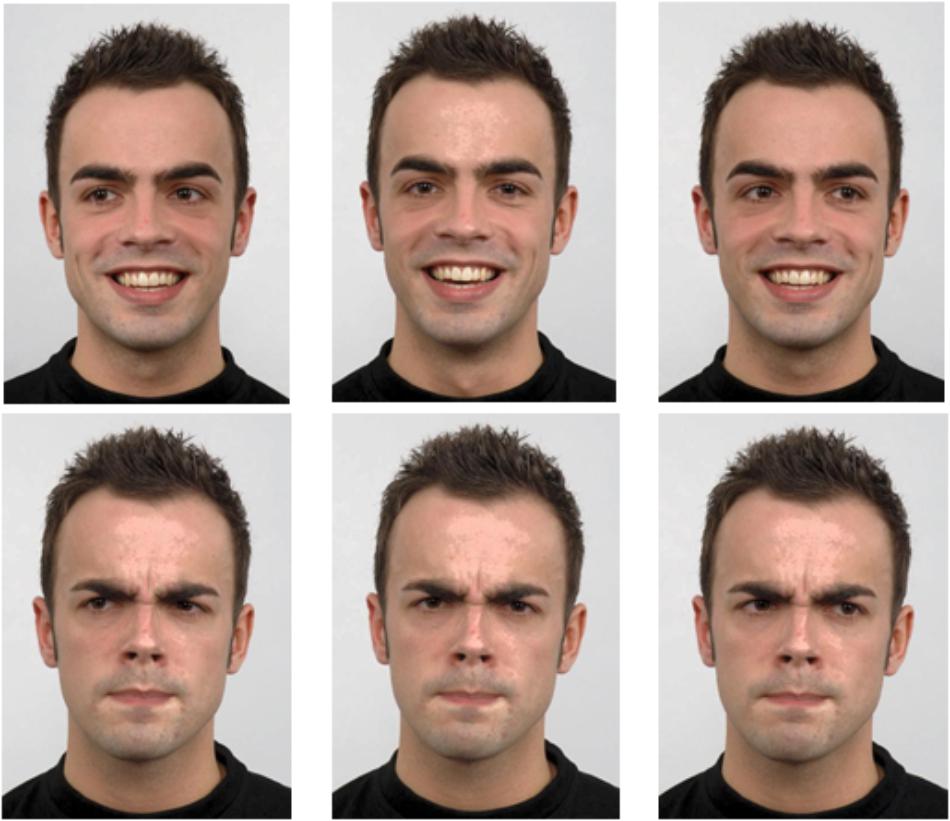
Frontiers Perceived Gaze Direction Differentially Affects Discrimination of Facial Emotion, Attention, and Gender – An ERP Study

Covert attention beyond the range of eye-movements: Evidence for a dissociation between exogenous and endogenous orienting - ScienceDirect

Gaze-cued shifts of attention and microsaccades are sustained for whole bodies but are transient for body parts
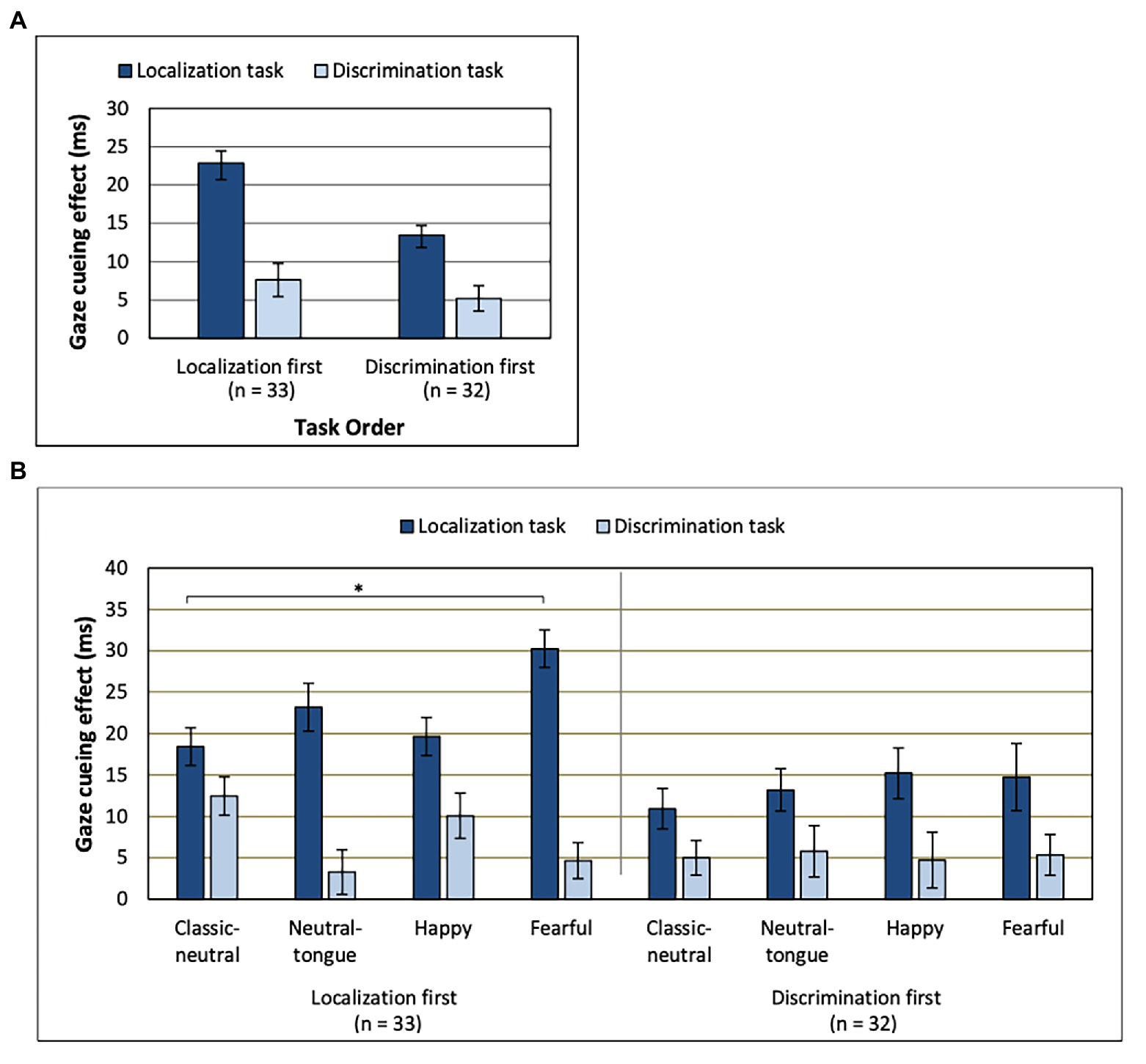
Frontiers The Gaze Cueing Effect and Its Enhancement by Facial Expressions Are Impacted by Task Demands: Direct Comparison of Target Localization and Discrimination Tasks

Covert attention beyond the range of eye-movements: Evidence for a dissociation between exogenous and endogenous orienting - ScienceDirect

Development of Gaze Control in Early Infancy

A Critical Study in Stereopsis and Listing's Law

Cranial functional (psychogenic) movement disorders - The Lancet Neurology

Full article: The late positive potential indexes a role for emotion during learning of trust from eye-gaze cues






